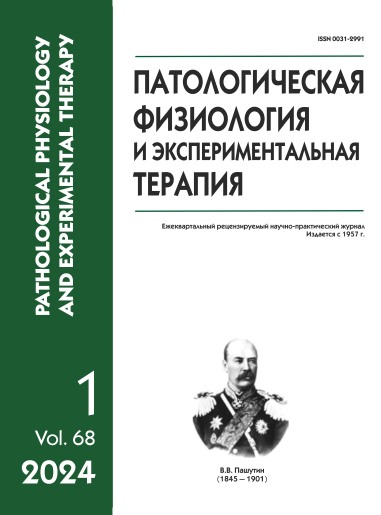The effect of xenon in various concentrations on the volume of brain damage and the severity of neurological disorders in a rat model of open traumatic brain injury
Abstract
Introduction. Traumatic brain injury (TBI) is a major source of morbidity and mortality worldwide. In Russia every year, more than 100 thousand people lose their ability to work and become disabled as a result of TBI. The aim of this study was to evaluate the effect of xenon at concentrations of 0.25 and 0.5 MAC on the volume of brain damage and the severity of neurological disorders in a rat model of open TBI.
Methods. Experiments were carried out on male Wistar rats divided into four groups: 1) sham-operated group; 2) control group; 3) experimental group of TBI+iXe70% inhalation; and 4) experimental group of TBI+iXe35% inhalation. Neurological status and volume of brain damage were assessed.
Results. The volume of brain damage in the control group was 58.5 mm3. The volume of damage in groups 2 and 3 was 60.5 mm3 and 36.9 mm3, respectively. Inhalation of xenon 70 vol.% for 60 minutes reduced the volume of brain damage by 40% (p = 0.01). The volume of brain damage in sham-operated rats was 21.5 mm3, which was significantly less than in the control group (p = 0.005) and the group of treated animals (p = 0.04). The volume of brain damage in groups 2 and 4 was 57.4 mm3 and 40.5 mm3, respectively. Inhalation of xenon 35 vol.% for 60 minutes reduced the volume of brain damage by 30% (p = 0.03). The volume of brain damage in sham-operated rats was 21.5 mm3, which is significantly less than in the control group (p = 0.001) and the group of treated animals (p = 0.02).
Conclusion. The study showed the high effectiveness of xenon therapy after open TBI in rats.






